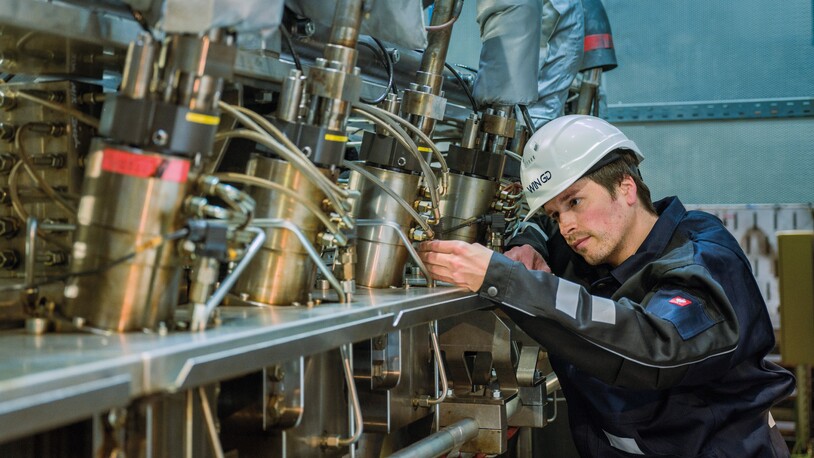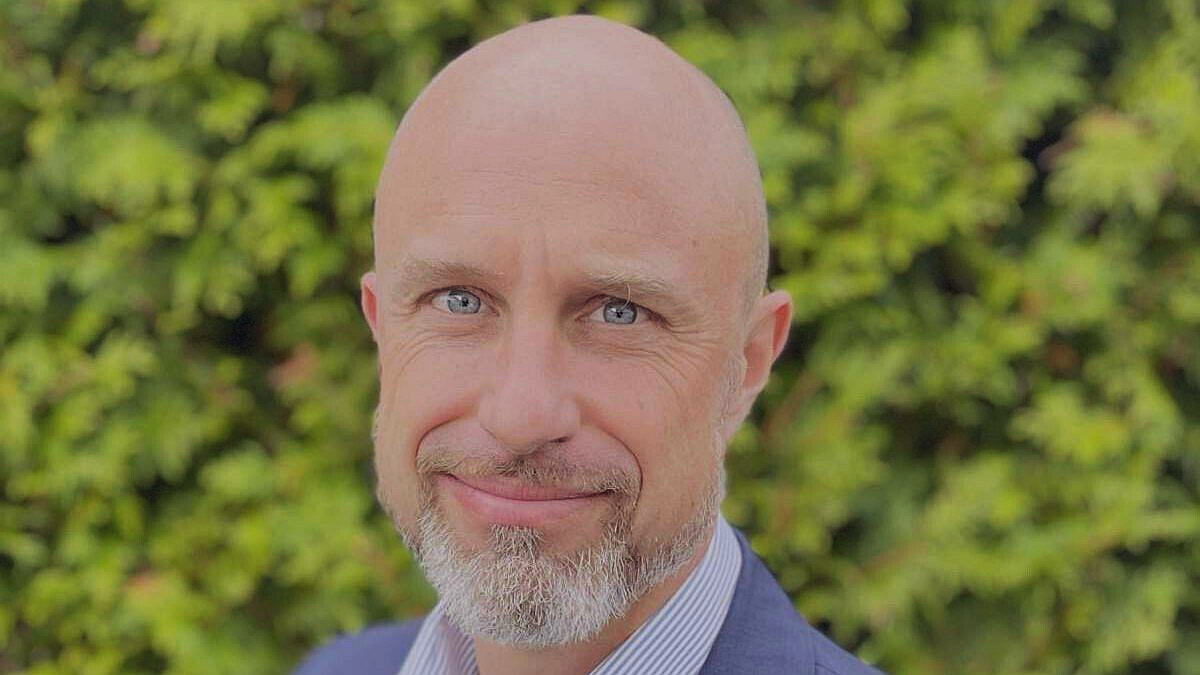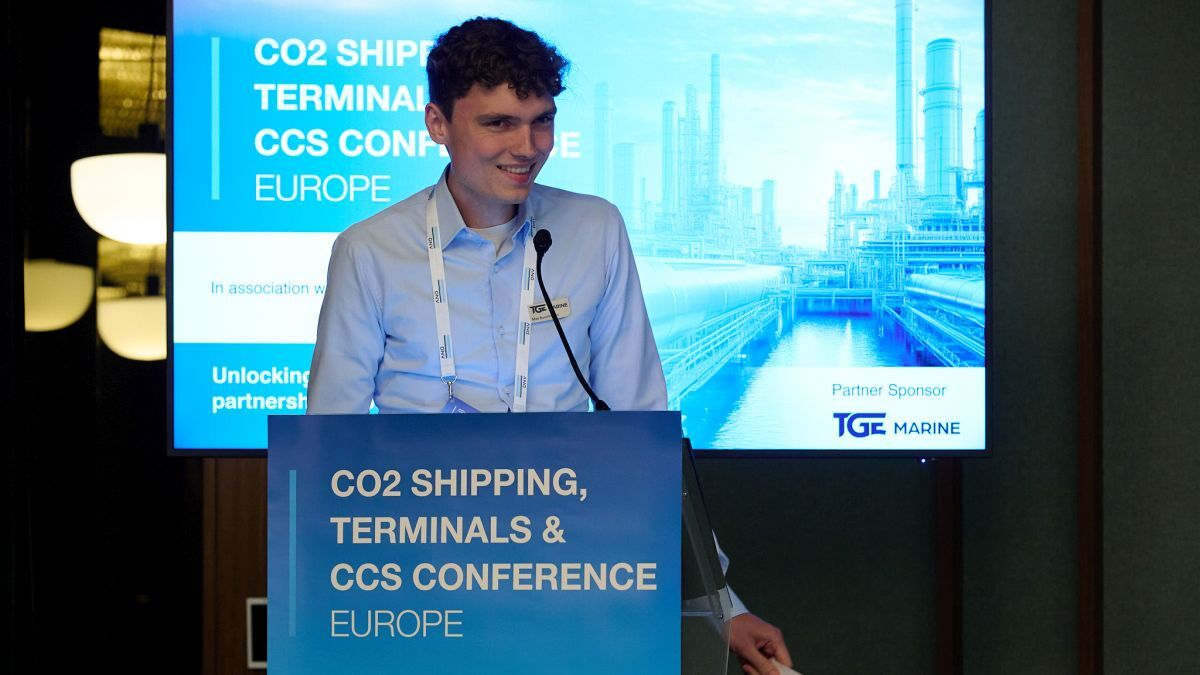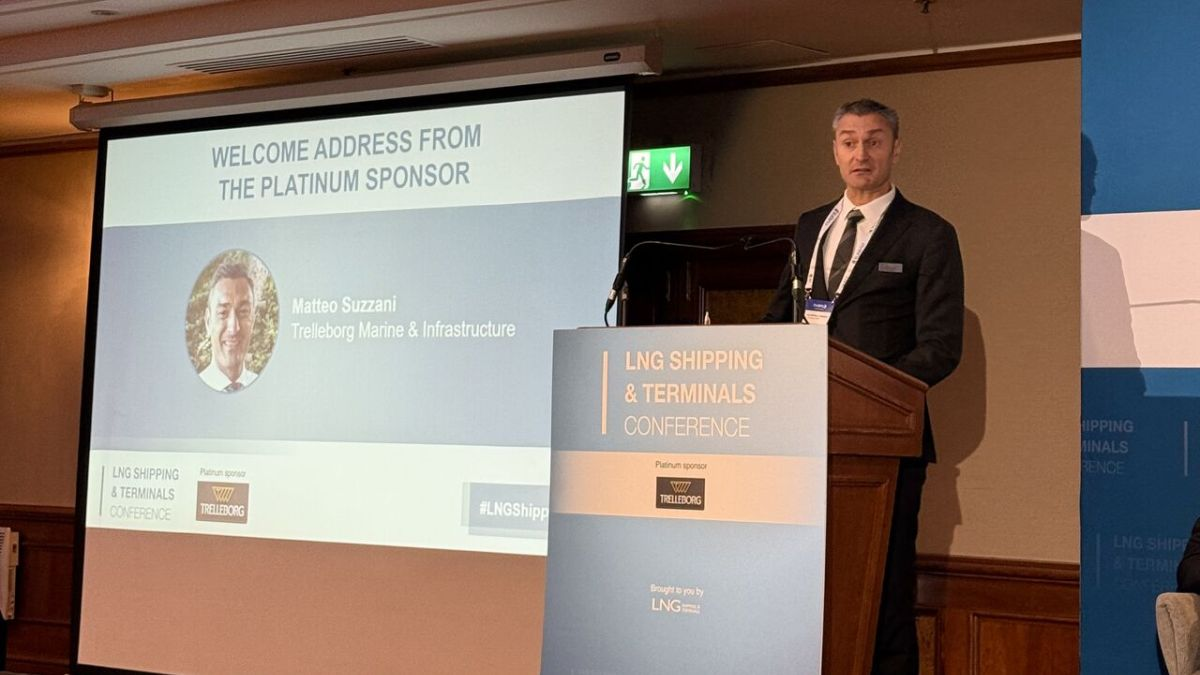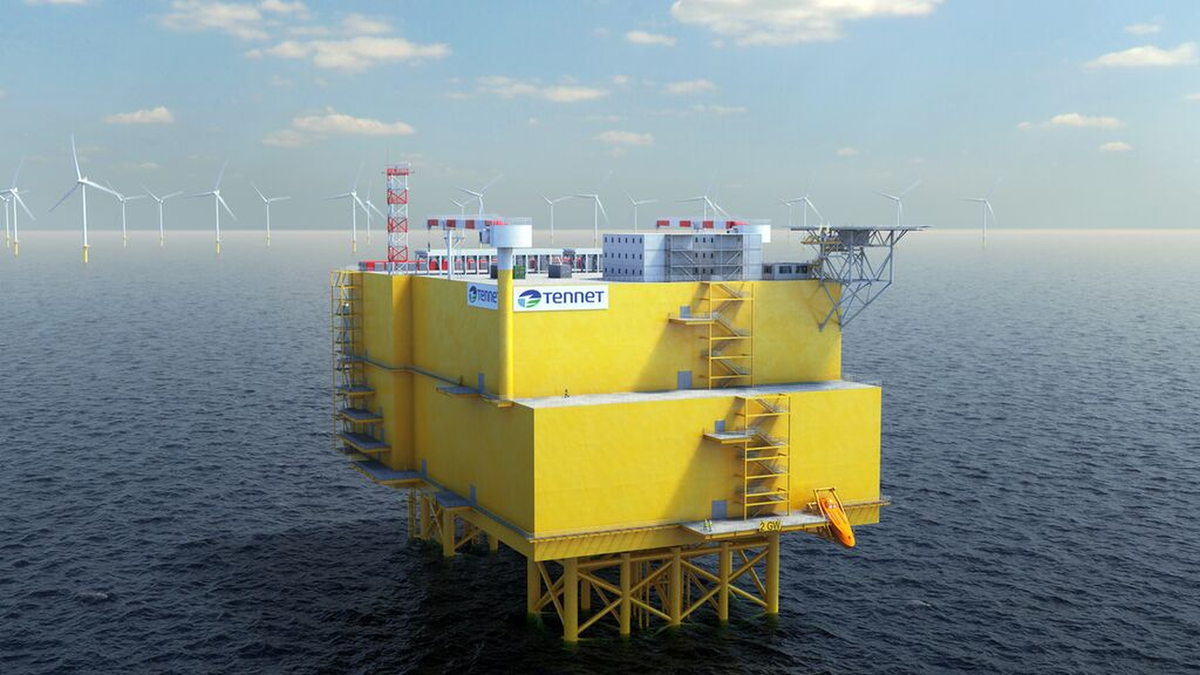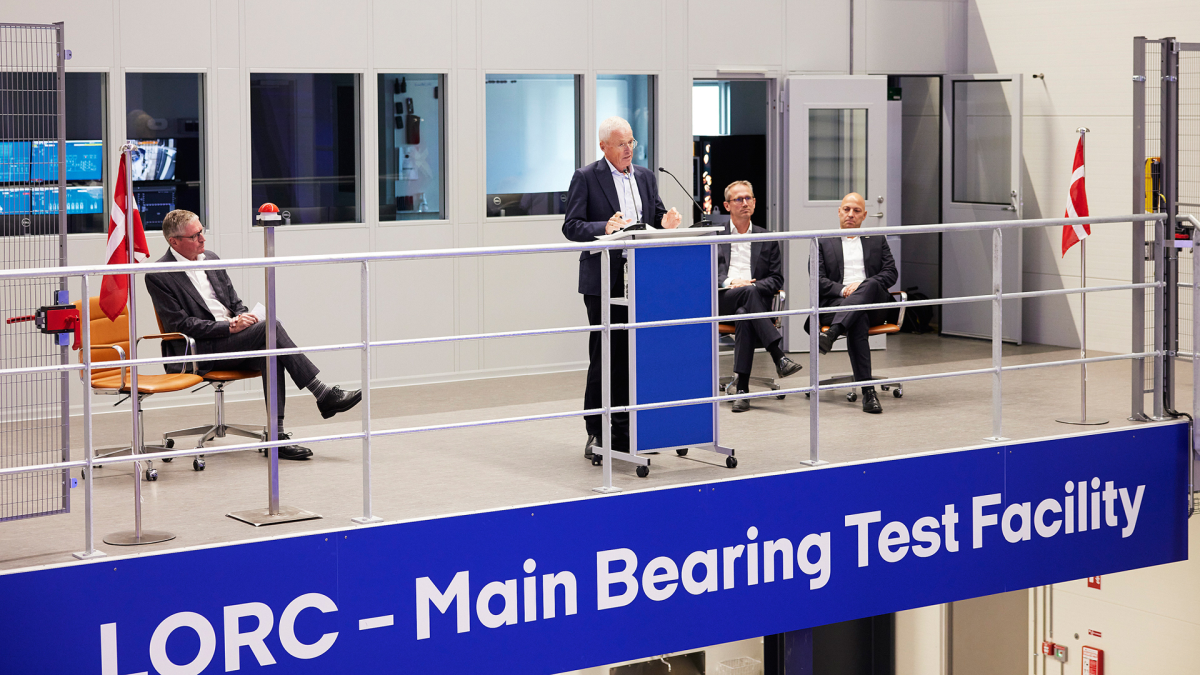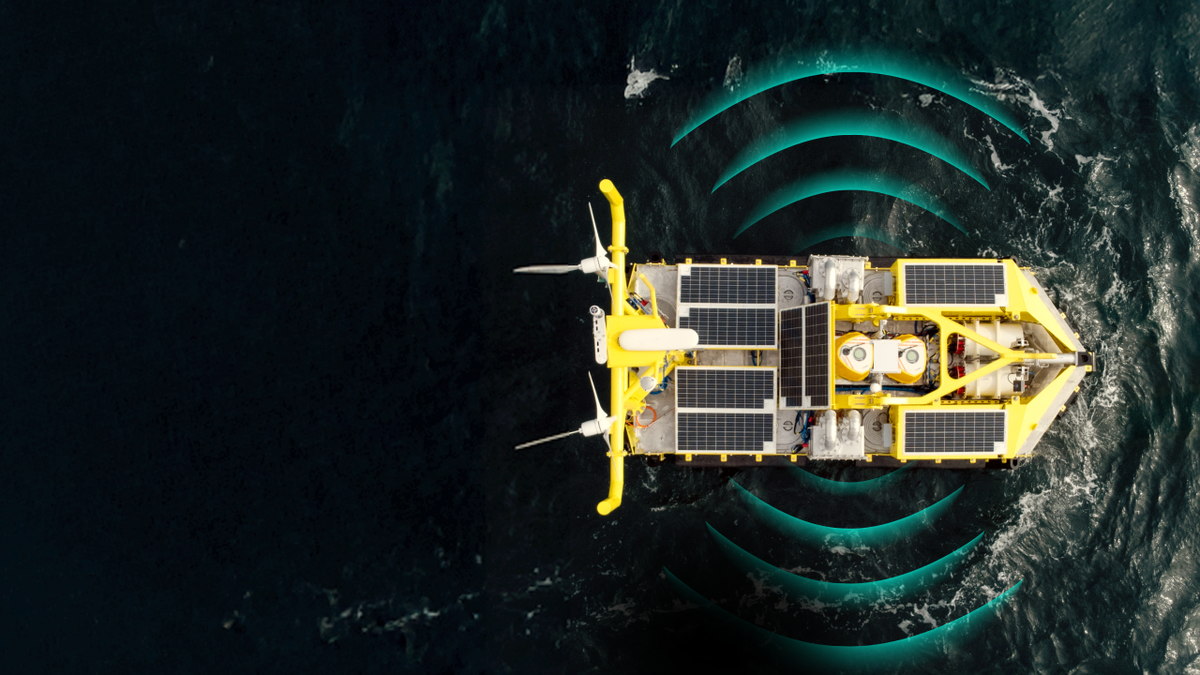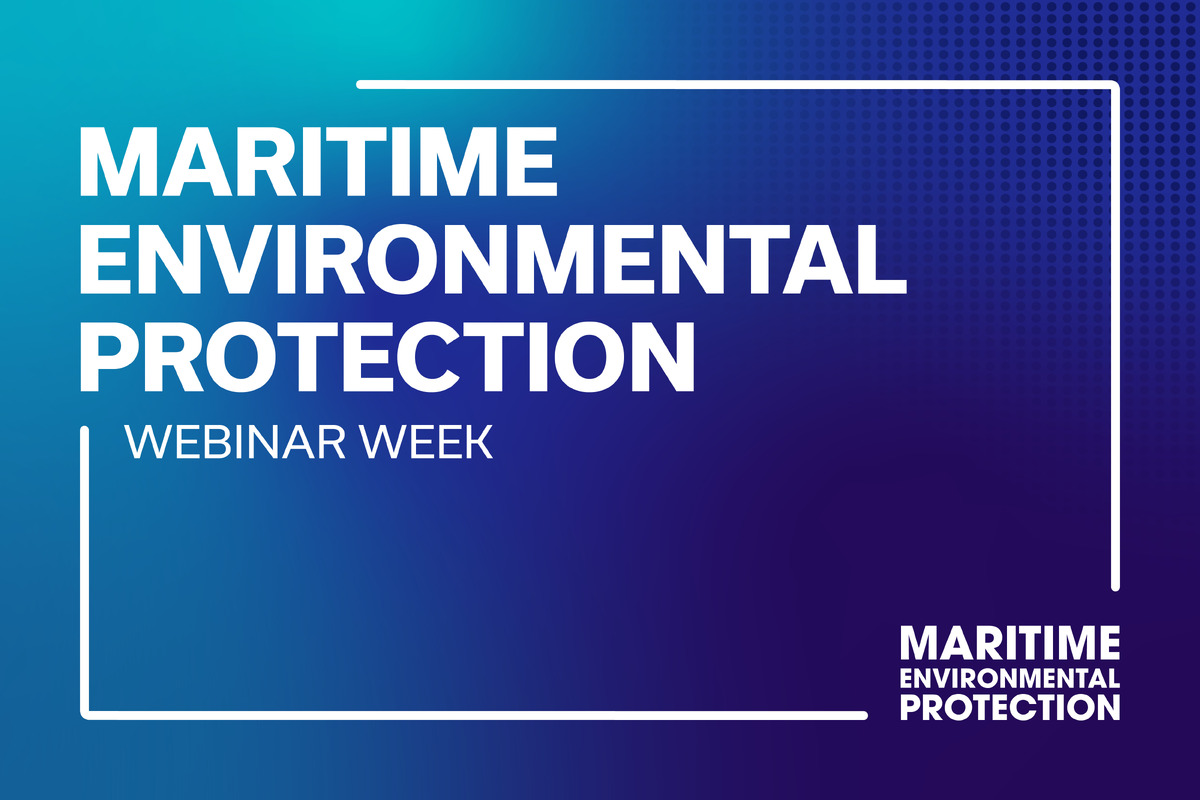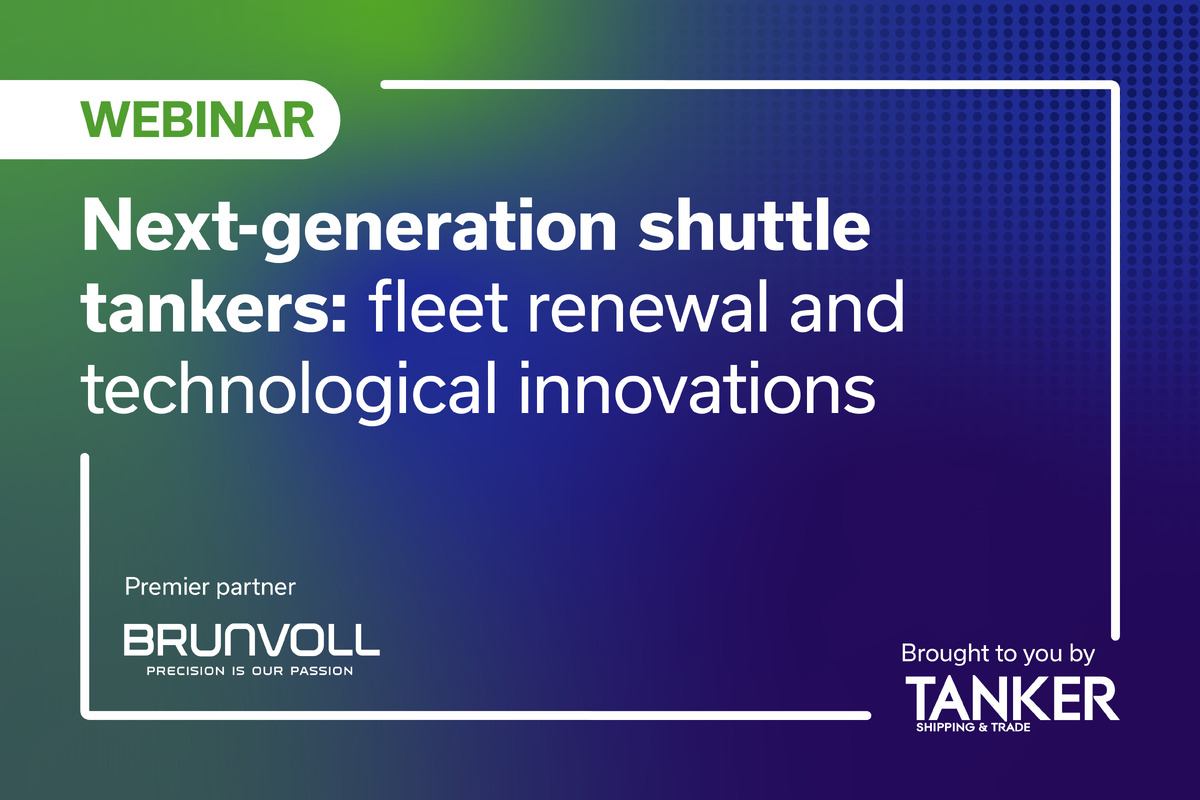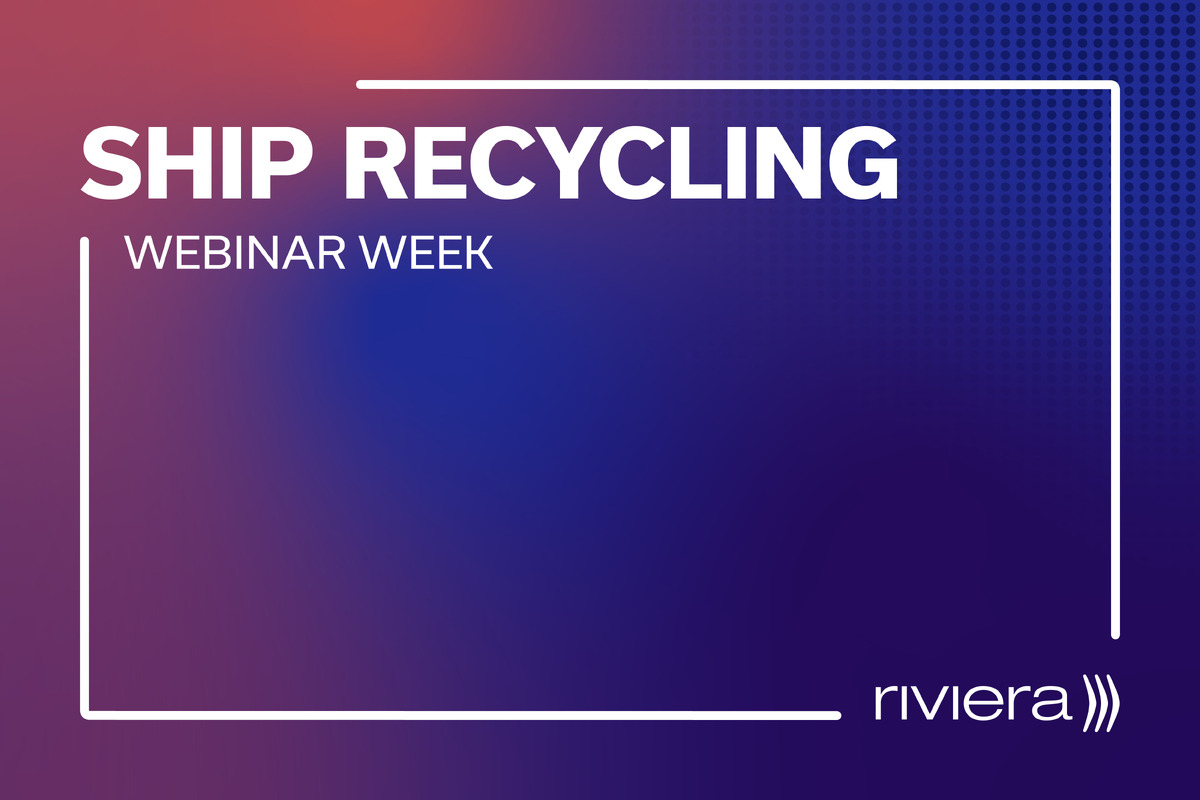Business Sectors
Events
Marine Coatings Webinar Week
Contents
Register to read more articles.
Hiatus could be good for US market – in the long term
At the end of April 2025, the president and chief executive of Equinor, one of the world’s largest energy companies, said he believes the US government acted unlawfully when it halted construction of the Empire Wind 1 offshore windfarm off the east coast of the US
“We invested in Empire Wind after obtaining all necessary approvals, and the order to halt work now is unprecedented and in our view unlawful. This is a question of the rights and obligations granted under legally issued permits, and security of investments based on valid approvals,” said Equinor president and chief executive Anders Opedal.
Not long afterward, a coalition of 18 attorneys general filed a lawsuit against the Trump administration over what it describes as its unlawful attempt to freeze the development of wind energy. The lawsuit follows a 20 January 2025 memorandum from the President that indefinitely halted the federal approvals necessary for the development of offshore and onshore wind projects, pending federal review. Federal agencies stopped all permitting and approval activity.
Seemingly, the outlook for what was a fast-growing and potentially very large market has rarely looked poorer, prompting leading developers such as RWE to end activity in the US. But in the long-term, suggests a respected analyst – despite all the negative connotations of the Trump presidency – the ban on offshore wind could end up being a good thing for the US market – in the long run.
Speaking to OWJ in early May, IntelStor founder and chief executive Philip Totaro said the aggression exhibited by the current US administration towards offshore wind demonstrates a lack of understanding of how global markets work, as well as a lack of comprehension of how to foster a market environment for attracting investment. Analysis he has conducted suggests the application of tariffs and recent moves to halt or cancel offshore wind projects in the US have jeopardised more than US$75Bn in investments, much of which was foreign direct investment.
“Because interest rates have remained so stubbornly high, many domestic utilities and independent power producers didn’t want to get involved in the US offshore wind market, for fear of high capex and project finance costs. But now, to attract foreign project developers and investors back to the US, there will need to be a regime in place that provides what we might describe as an over-abundance of confidence. Once the current US administration is out of office, policies like shortened federal permitting timelines could be extended to wind and solar. Investment incentives will need to be put in place to ensure the industry has the stability it needs to grow.”
Mr Totaro believes companies such as RWE will be attracted to return to the US market, and when they do, they will have more leverage to demand better terms and more certainty. “A looming recession in the US should also reduce interest rates and bring prices more in check,” Mr Totaro concluded. “It will take a while, but the industry will make it through this.”
Sign up for Riviera’s series of technical and operational webinars and conferences:
- Register to attend by visiting our events page.
- Watch recordings from all of our webinars in the webinar library.
Related to this Story
Events
Marine Coatings Webinar Week
Maritime Environmental Protection Webinar Week
Ship Recycling Webinar Week
© 2024 Riviera Maritime Media Ltd.

